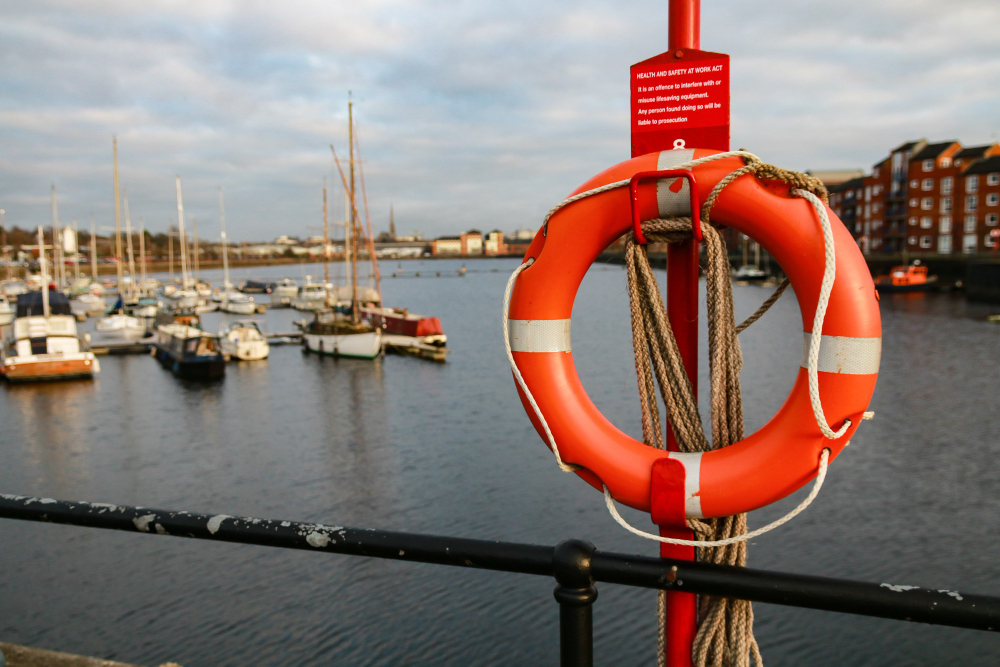
The open sea can be unpredictable, and maritime accidents are a constant concern for those who work and travel by water. In the event of an emergency, lifeboats are one of the most critical life-saving tools, designed to protect lives during a maritime disaster. Lifeboat service play an essential role in ensuring the safety and readiness of these vessels, providing inspections, maintenance, and training to guarantee they perform as intended in life-threatening situations. Let’s dive into what lifeboat services are, their importance, and how they contribute to maritime safety.
What is a Lifeboat Service?
A lifeboat service refers to a specialized industry that ensures the operational readiness of lifeboats. This includes regular inspections, maintenance, servicing, and testing to make sure that lifeboats function properly when needed in an emergency. Lifeboats are not only crucial in saving lives but are often required by law for ships of certain sizes, making their upkeep and regular servicing a legal obligation.
Lifeboat services are typically carried out by professional organizations or maritime safety companies who are accredited by recognized maritime authorities. These services include testing various lifeboat components such as davits (the crane-like structure that lowers the lifeboat into the water), engines, and the lifeboats themselves.
The Importance of Lifeboat Services
- Ensuring Readiness in Emergencies: Lifeboats are essential in maritime emergencies, such as shipwrecks or fires. Regular servicing ensures that lifeboats are ready to deploy quickly and safely when disaster strikes.
- Compliance with Maritime Laws: International maritime laws, such as those governed by the International Maritime Organization (IMO) and SOLAS (Safety of Life at Sea), require vessels to have functioning lifeboats. Servicing ensures compliance with these regulations, which is critical for avoiding penalties and ensuring the safety of crew and passengers.
- Enhancing Safety Standards: Servicing includes inspections for damage, wear, and corrosion that could compromise the lifeboat’s integrity. Regular maintenance reduces the risk of lifeboat failure during an emergency.
- Avoiding Costly Repairs: Regular servicing and preventative maintenance help identify potential issues before they become major problems, preventing costly repairs or the need for emergency replacements.
Components of Lifeboat Service
A thorough lifeboat service typically includes several key tasks, each crucial for ensuring the lifeboat’s performance:
- Inspection: Every component of the lifeboat is inspected to check for signs of wear, corrosion, or damage. This includes the hull, boat fittings, ropes, and life-saving equipment such as life vests and flares.
- Engine Testing: For motorized lifeboats, engine performance is tested to ensure the boat can start and operate quickly in an emergency. Regular checks include fuel system checks, lubrication, and battery life.
- Launching System Inspection: The davits and launching systems are inspected to confirm that they can safely and efficiently lower the lifeboat into the water. This is a vital part of lifeboat service, as failure in the launching system could render the lifeboat unusable during an emergency.
- Drills and Training: Crew members are trained to operate and launch the lifeboats in emergency situations. This includes conducting regular drills to ensure familiarity with the lifeboat and all its components.
- Load Testing: Some services include load testing to ensure the lifeboat can safely carry the expected number of passengers and crew, and that all safety features are intact.
- Safety Equipment Checks: Lifeboats must be equipped with various safety items, such as life jackets, flares, food rations, and medical supplies. Servicing ensures these items are in good condition and that none are expired or damaged.
Types of Lifeboats and Their Servicing Needs
Lifeboats come in several different designs, each with its own specific servicing needs:
- Conventional Lifeboats: These are typically large, motorized lifeboats designed to hold a significant number of people. They require regular engine checks and the testing of launch systems.
- Rescue Boats: These are smaller boats used for rescue operations. They require less maintenance than conventional lifeboats but must still undergo engine and equipment checks.
- Inflatable Lifeboats: These are lightweight and compact, often found on smaller vessels or used for short-term survival. These boats require checks for air leaks and proper inflation, as well as checks of the safety gear.
- Free-fall Lifeboats: These are designed to be launched by “free-falling” into the water. Servicing includes checks on the launching system and hull integrity to withstand the impact of the fall.
Lifeboat Maintenance Frequency
Lifeboats must be maintained and serviced at regular intervals, as stipulated by maritime safety regulations. Typically, these include:
- Annual Inspections: Required by maritime authorities to ensure all systems are functioning properly.
- Quarterly or Monthly Checks: Depending on the size and nature of the vessel, lifeboats may require more frequent inspections of vital components such as the engine and launching mechanisms.
- Overhaul or Replacement: Lifeboats and equipment may need to be overhauled or replaced entirely at set intervals, often every 5 to 10 years.
The Role of Lifeboat Service Providers
Lifeboat service providers are accredited companies that specialize in the inspection, maintenance, and repair of lifeboats and their associated equipment. They are responsible for ensuring that lifeboats are in full compliance with international safety standards and are ready for deployment at any time. These service providers typically work closely with shipowners, operators, and maritime authorities to ensure the highest standards of safety are maintained.
Conclusion
Lifeboat services are a crucial part of maritime safety, ensuring that lifesaving equipment is always ready for use in case of an emergency. By adhering to regular servicing schedules, vessel operators can ensure that their lifeboats remain fully functional, providing a reliable means of escape for passengers and crew in case of disaster. With the proper maintenance, training, and equipment checks, lifeboats can continue to save lives and enhance the overall safety of maritime operations. Remember, the open sea may be unpredictable, but with well-serviced lifeboats and a well-trained crew, you can ensure that safety remains a top priority.






Leave a Reply